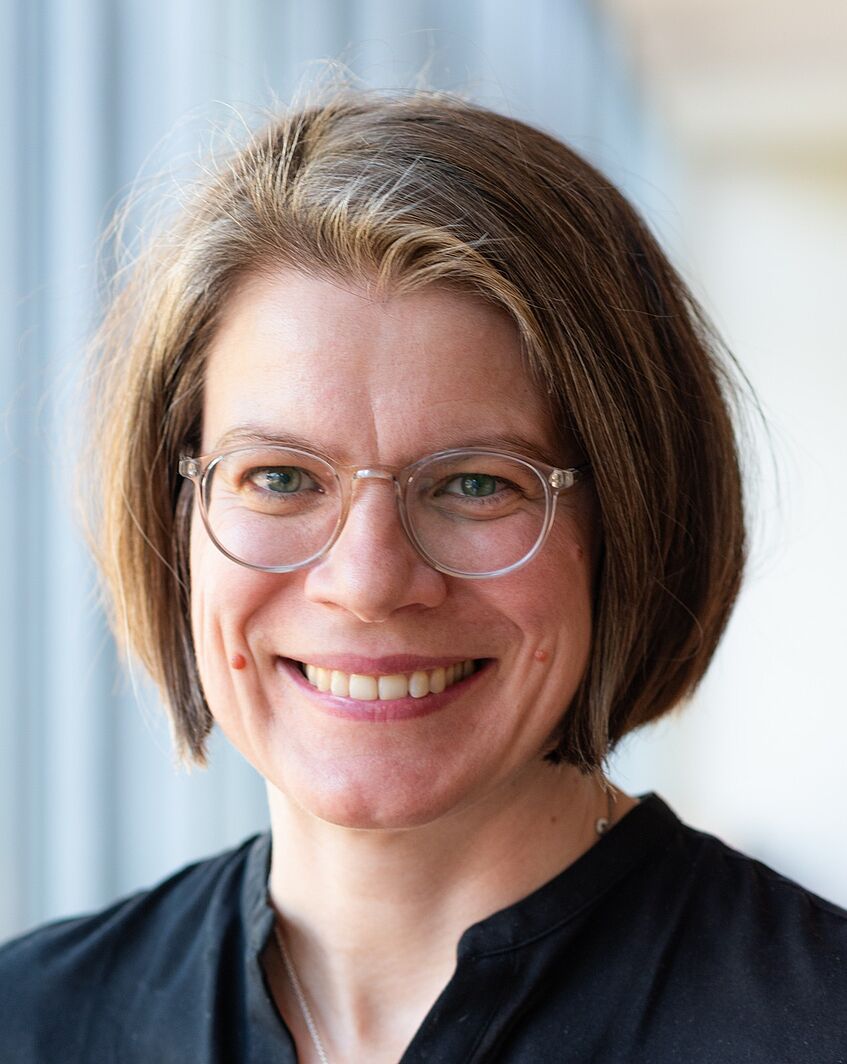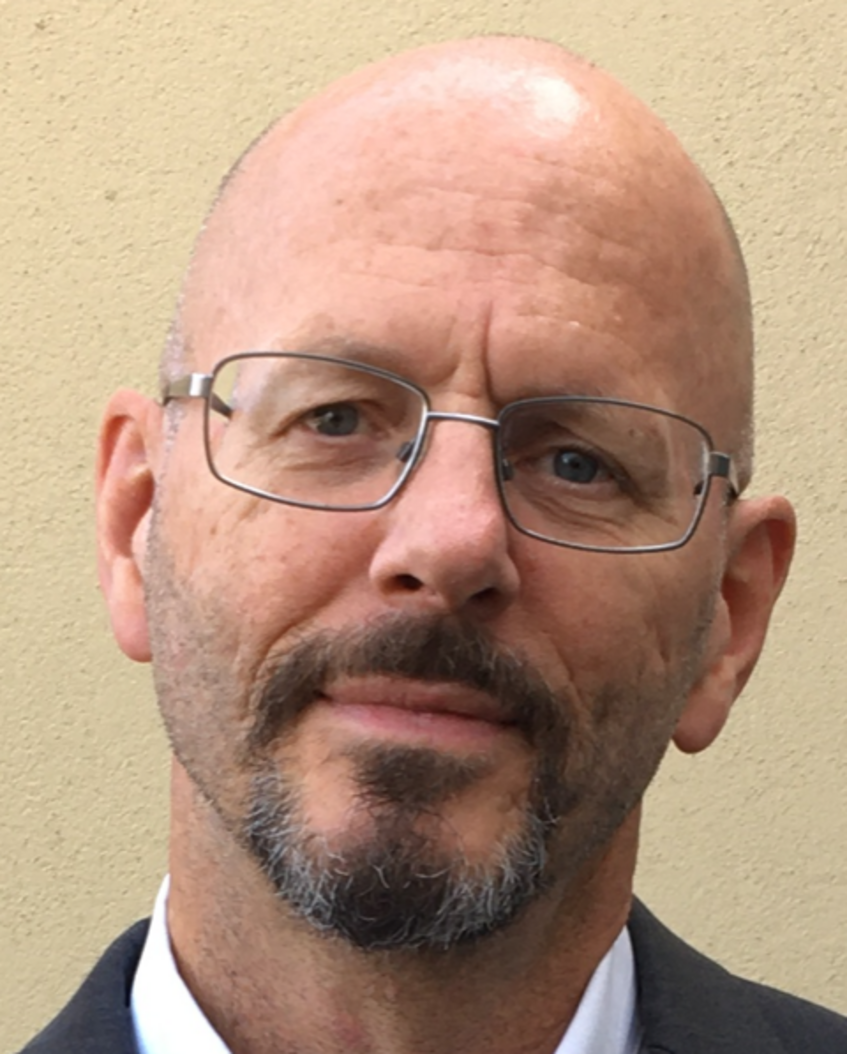Programme
Important information for presenters (technical setup): see here
Plenary speakers
- Pritty Patel-Grosz (Univeristy of Oslo)
- Anne Kandler (Max Planck Institute for Evolutionary Anthropology, Leipzig)
- Tecumseh Fitch (University of Vienna)
See here for abstracts and details on the plenaries!
Schedule (overview)
Monday, September 15
- Afternoon: workshop "Novel Approaches to Language Evolution Research Using Animal Models"
- Evening: opening and welcome reception
Tuesday, September 16
- Morning/afternoon: main conference
Wednesday, September 17
- Morning/afternoon: main conference
- Evening: trip to Cobenzl viewpoint and conference dinner at Martin Sepp
For a detailed schedule, please click the orange box above!
Workshop
On Monday, Protolang will host the workshop Novel Approaches to Language Evolution Research Using Animal Models, organized by Sasha Newar and Tom Jenks, University of St. Andrews. More information can be found on the workshop website.
Social programme
On Monday evening, after the workshop and opening session, there will be a welcome reception at the Department of English and American Studies, where the conference is going to take place. There will also be the possibility to pick up your conference bag so that you don't need to do so on Tuesday morning.
On Wednesday, after the final talk, we will take you by bus to the Reisenberg, commonly known as 'Am Cobenzl' viewpoint, which belongs to the (small) mountain range in the West of Vienna. There, you can enjoy a magnificent view over the city. After that, we will take a 30 minute walk down to Grinzing, an old wine village in the outskirts of the city (if you prefer not to walk, you can also take the bus back to the wine tavern). Here, we will spend the evening and have our conference dinner in a traditional wine tavern (a Heuriger), 'Zum Martin Sepp'.
Both, the welcome reception and the conference dinner (incl. bus trip) are included in the conference fee.


